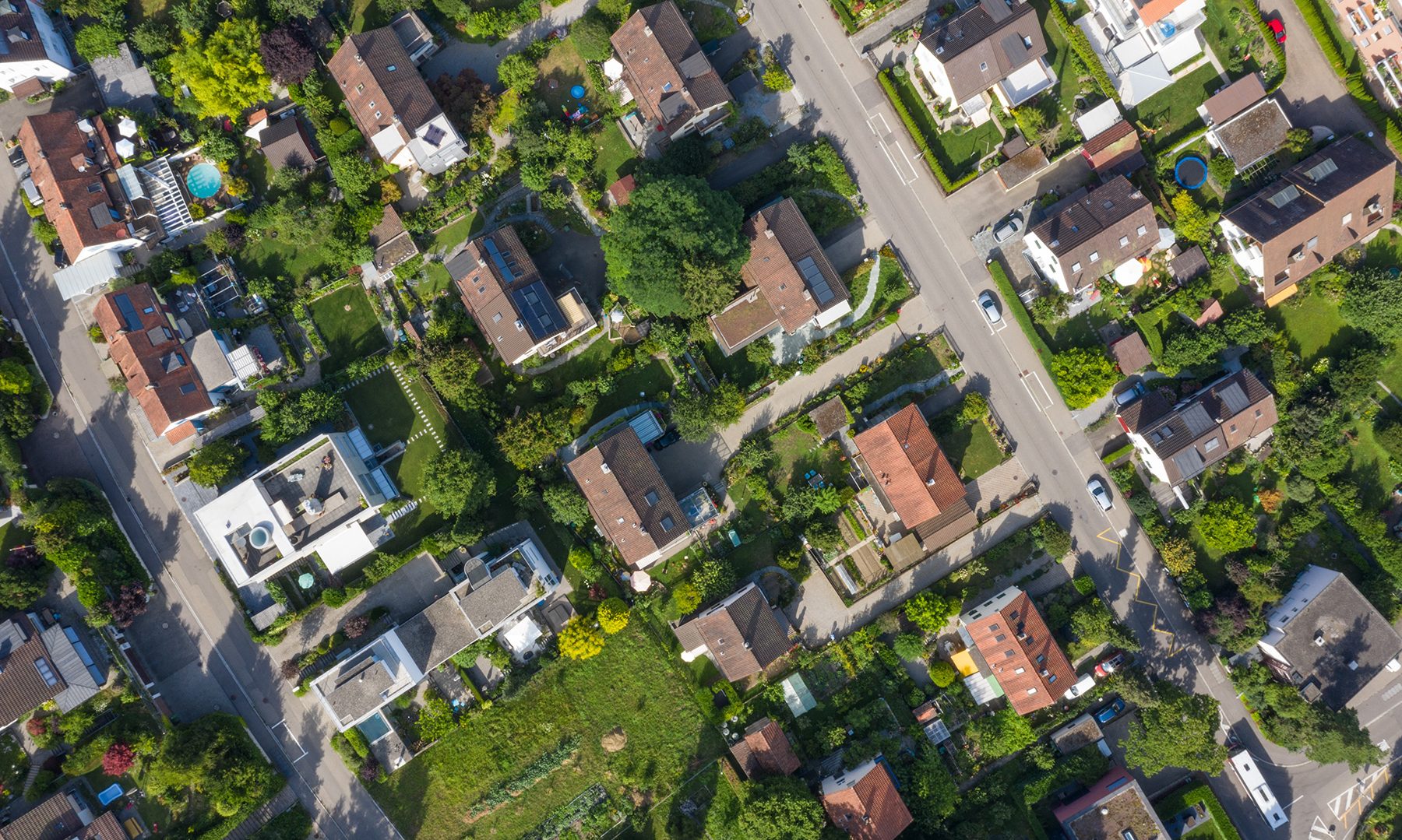As part of our standard design and and installation process, SWAT Environmental partners with builders to ensure Appendix F compliance in their state.
The International Code Council (ICC)’s Appendix F speaks to radon control methods adopted by builders nationwide.
Appendix F requirements vary by jurisdiction and typically include the following radon control techniques:
- AR103.2 Subfloor Preparation: A 4 inch layer of gas-permeable material (gravel or sand) shall be placed under all concrete slabs and other floor systems.
- AF103.3 Soil-Gas-Retarder: A minimum 6-mil or 3-mil cross laminated polyethylene or equivalent flexible sheeting material shall be placed on top of the gas-permeable layer prior to casting the slab. Sheeting shall overlap not less than 12 inches at any seam.
- AF1034 Entry Routes: Floor openings, concrete joints, condensate drains, sumps and foundation walls must be properly sealed with a polyurethane caulk, equivalent or lid for sumps.
- AF103.6.1 Vent Pipe: A minimum 3-inch-diameter ABS, PVC or equivalent gas-tight pipe shall be embedded vertically into the subslab aggregate or
other permeable material before the slab is cast. The pipe shall extend up through the building floors and terminate not less than 12 inches above the surface of the roof in a location not less than 10 feet away from any window or other opening into the conditioned spaces of the building that is less than 2 feet below the exhaust point. - AF103.7: Components of the radon vent pipe shall be installed to provide positive drainage to the ground beneath the slab or soil-gas-retarder.
- AF103.10: Combination basement/crawl space or slab-on-grade/crawl space foundations shall have separate radon vent pipes installed in each type of foundation area. Each radon vent pipe shall terminate above the roof or shall be connected to a single vent that terminate above the roof.
Browse the complete Appendix F.
Choose SWAT Environmental for your new construction radon mitigation installations.

